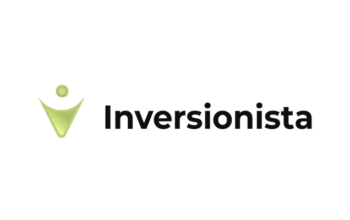In the fast-paced world of web development, staying ahead of the game is crucial. To build high-quality, responsive, and user-friendly websites, you need the right tech stack. In this article, we will explore the ideal tech stack for web development, ensuring your projects are efficient, effective, and competitive.
Introduction: Setting the Foundation
Before delving into the specifics, it’s essential to understand the significance of choosing the right tech stack for web development. Your choice directly impacts the performance, scalability, and maintenance of your website. With that in mind, let’s dive into the key components.
Front-End Technologies
- HTML5: The Backbone of Web Structure
HTML5 remains the backbone of web development. It provides the necessary structure for your web pages and ensures compatibility across various browsers. Using semantic HTML tags enhances accessibility and SEO.
- CSS3: Styling with Finesse
CSS3 allows you to style your website, creating visually appealing and responsive designs. Utilizing CSS frameworks like Bootstrap or Tailwind CSS can streamline your development process.
- JavaScript: Adding Interactivity
JavaScript breathes life into your web applications. Leveraging libraries and frameworks such as React, Angular, or Vue.js enables you to create dynamic and engaging user interfaces.
Back-End Technologies
- Server-Side Scripting with Node.js
Node.js is a popular choice for server-side scripting, thanks to its speed and scalability. It’s ideal for building real-time applications and APIs.
- Databases: Where Data Resides
Your choice of database depends on your project’s requirements. Relational databases like MySQL and PostgreSQL are great for structured data, while NoSQL databases like MongoDB excel with unstructured data.
- Express.js: Simplifying Server-Side Development
Express.js is a minimalistic web application framework for Node.js, making server-side development more straightforward and efficient.
DevOps and Deployment
- Git: Version Control Mastery
Git is essential for tracking changes in your codebase and collaborating with a team. Platforms like GitHub and GitLab facilitate seamless code management.
- Continuous Integration/Continuous Deployment (CI/CD)
Implementing CI/CD pipelines automates the testing and deployment processes, ensuring your web applications are error-free and up-to-date.
- Cloud Hosting: Scaling with Ease
Cloud providers like AWS, Azure, and Google Cloud offer scalable infrastructure, making it easy to handle traffic spikes and maintain high availability.
SEO Optimization
- SEO-Friendly URLs
Crafting clean, keyword-rich URLs enhances your website’s search engine visibility.
- Meta Tags and Structured Data
Optimize meta tags and include structured data to improve the appearance of your site in search engine results pages (SERPs).
- Mobile Responsiveness
Ensure your website is mobile-responsive, as mobile-friendliness is a significant factor in SEO ranking.
Conclusion: Building the Future
In the ever-evolving landscape of web development, your tech stack choice can make or break your success. By selecting the right combination of front-end and back-end technologies, embracing DevOps practices, and prioritizing SEO optimization, you’ll be well on your way to creating web applications that stand out in the digital realm.
With the right tech stack, you’ll not only meet but exceed user expectations, delivering an exceptional online experience. So, start building your ideal tech stack today and

